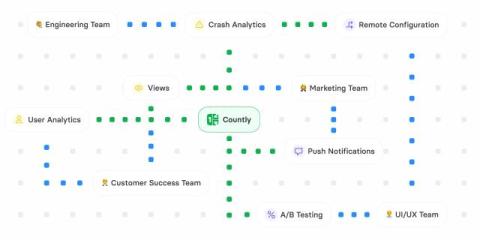How Snowflake Accelerates Business Growth for Providers of Data, Apps and AI Products
Let’s say you are building a house that you plan to put up for sale. You focus on an amazing design, beautiful entry, large windows for plenty of sunlight — things that will create a delightful experience for your future buyer. At the same time, the house also needs less glamorous but vitally important infrastructure, like plumbing, running water, electricity, heating, cooling and so on.











